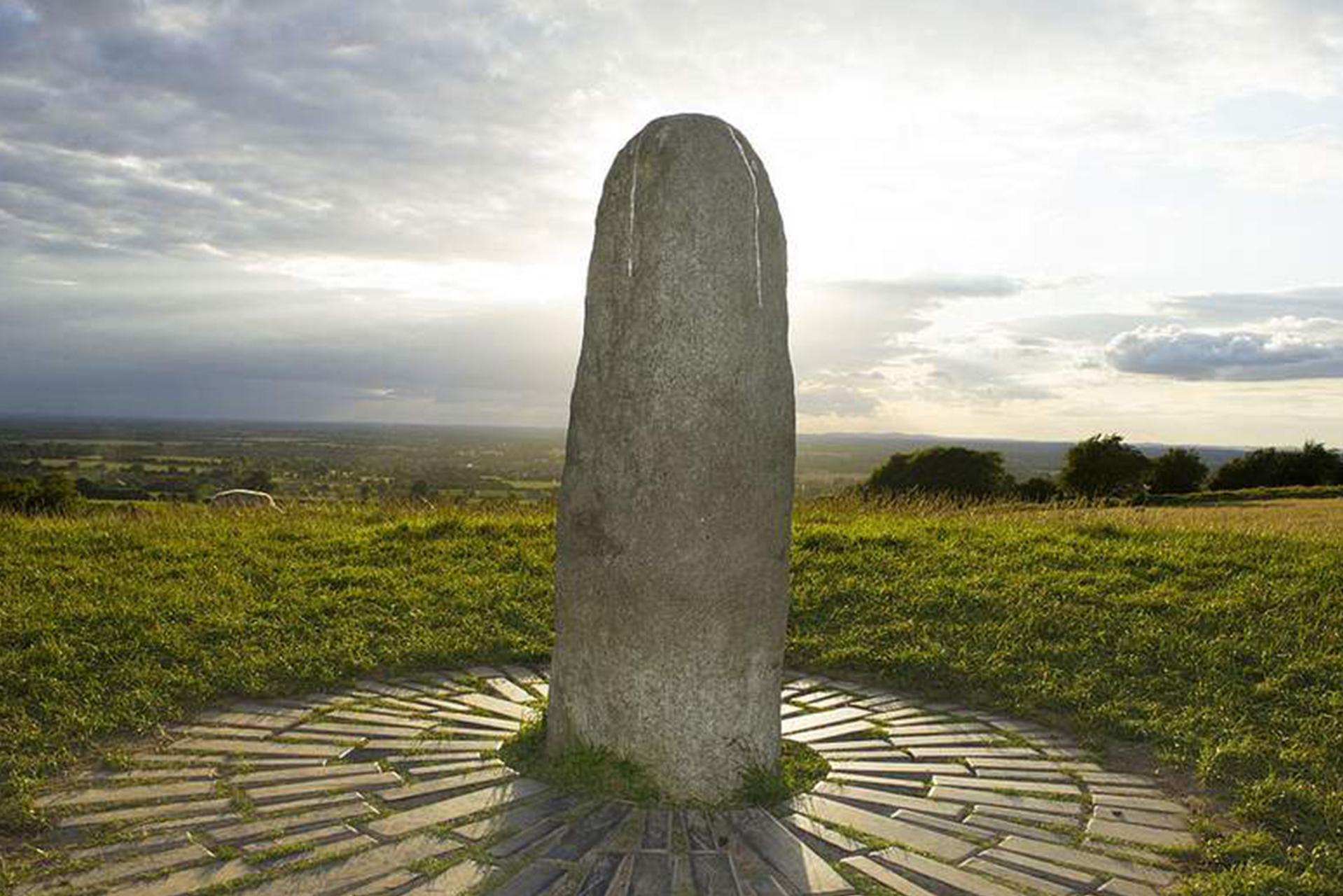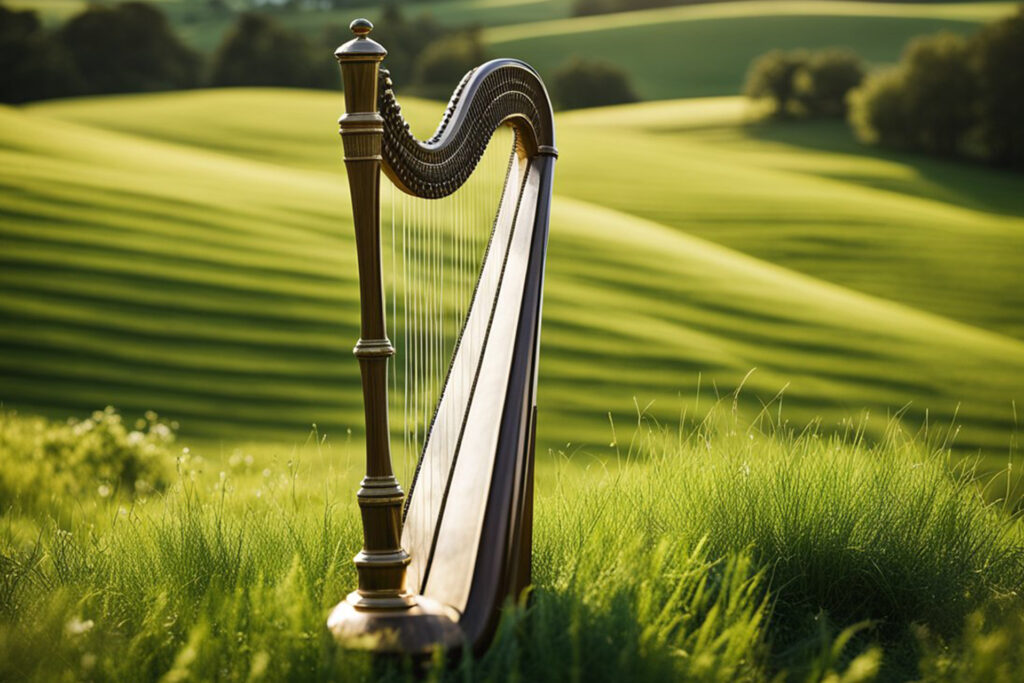1.) The Shamrock is not the only official symbol of Ireland: more ancient and deeply connected to our pre-Christian Druidic past is the Harp. So, when considering getting a tattoo on arrival or departure, the latter is your best bet. This is what it looks like:
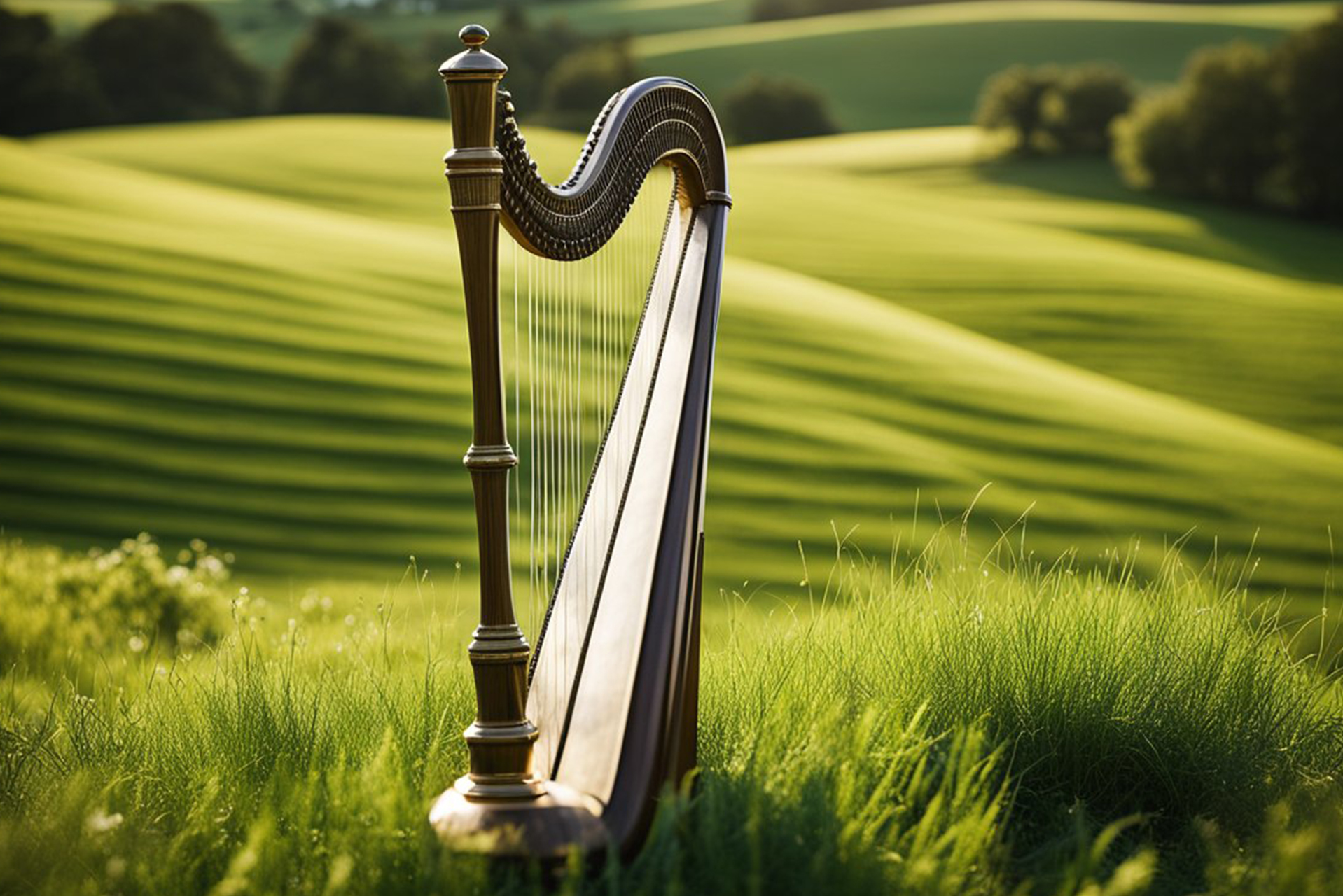
2.) The Harp is a musical instrument and, as it happens, we are the only nation in the world with a musical instrument as its national symbol!
3.) The Shamrock, so synonymous with Ireland, is actually only synonymous with Christian Ireland (so we’re talking 6th century on) and the coming of Saint Patrick, who used this native plant to preach and teach the gospel to Irish Druids: the three leaves representing for him the Holy Trinity (the Father, Son, and Holy Ghost) of Catholicism, and therewith the promise of redemption, ever-lasting life, and so on.
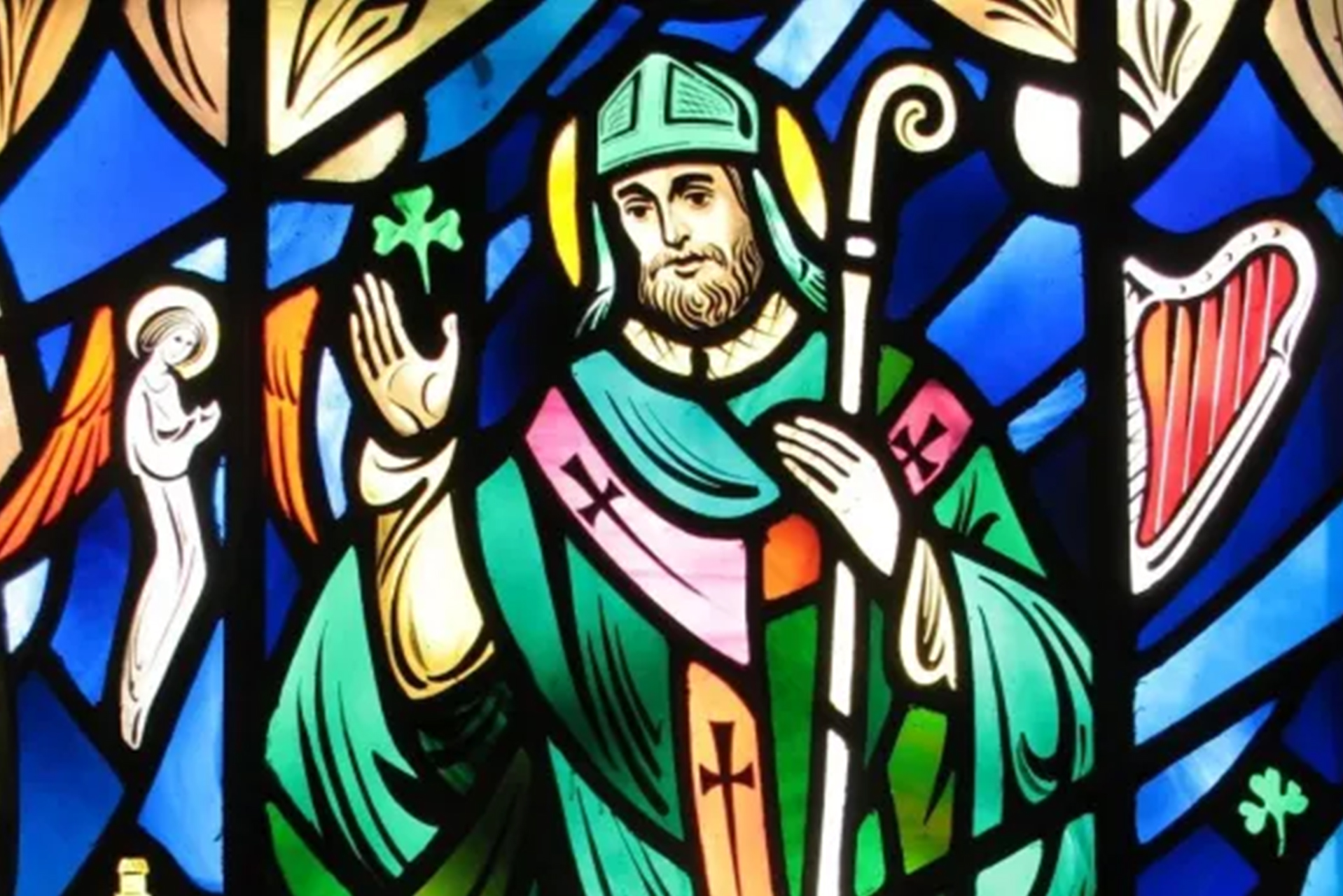
4.) Saint Patrick wasn’t even Irish. He was British, or more specifically a Briton (a Celtic inhabitant of southern Britain before and during Roman times). He was kidnapped by Irish pirates as a teenager and forced to work as a slave on our little island herding sheep. It was during this time that he turned to God, and, upon eventually escaping, vowed to return and convert us all. He was semi-successful. We remain a strange race, a people who cannot shake their animist origins. It has often been remarked that the Irish represent a very queer form of Catholicism!
5.) An homage to our pre-Christian past, Halloween is, in fact, an Irish and not an American celebration. It has its origins in the pagan festival of Samhain (pronounced sau-wan) which takes place every year on October 31st. Samhain was, in Celtic Ireland about 2,000 years ago, the division of the year between the lighter half (summer) and the darker half (winter). To this day, at Samhain, the division between this world and the otherworld are at its thinnest, thus allowing spirits to pass through; family ancestors are accordingly honoured and invited home, whilst harmful spirits are warded off. People wear costumes and masks to disguise themselves as harmful spirits, thus avoiding detection by real ones, and bonfires and food play a large part in the festivities. When we Irish emigrated en masse to America at various times and for various reasons — famine, genocide, and so on, under British colonialism — we took this festival with us. Once there, the traditionally carved Turnip, a hard root vegetable native to Ireland, was replaced with the non-native, more easily carved Pumpkin, which, of course, is synonymous with Halloween today.
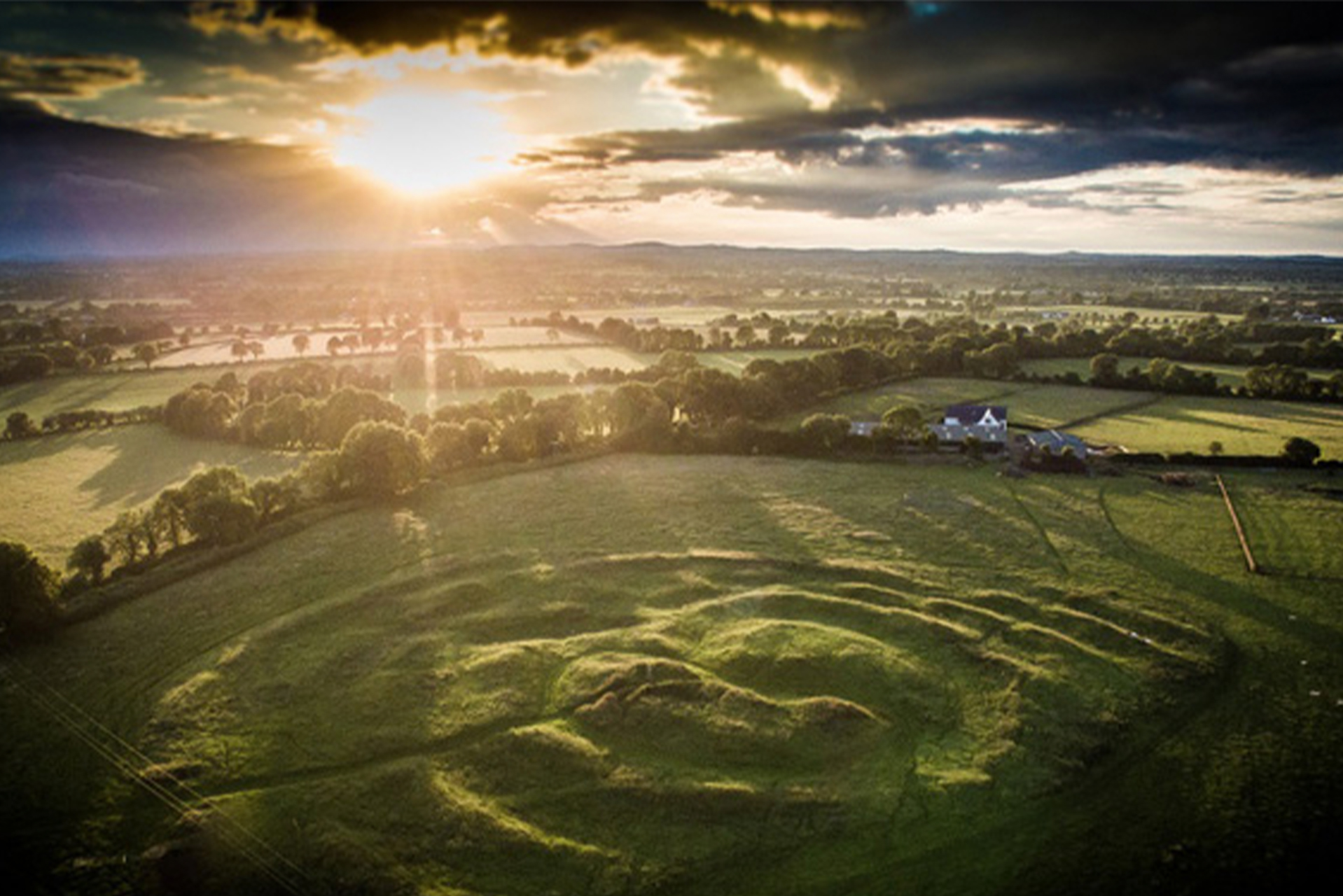
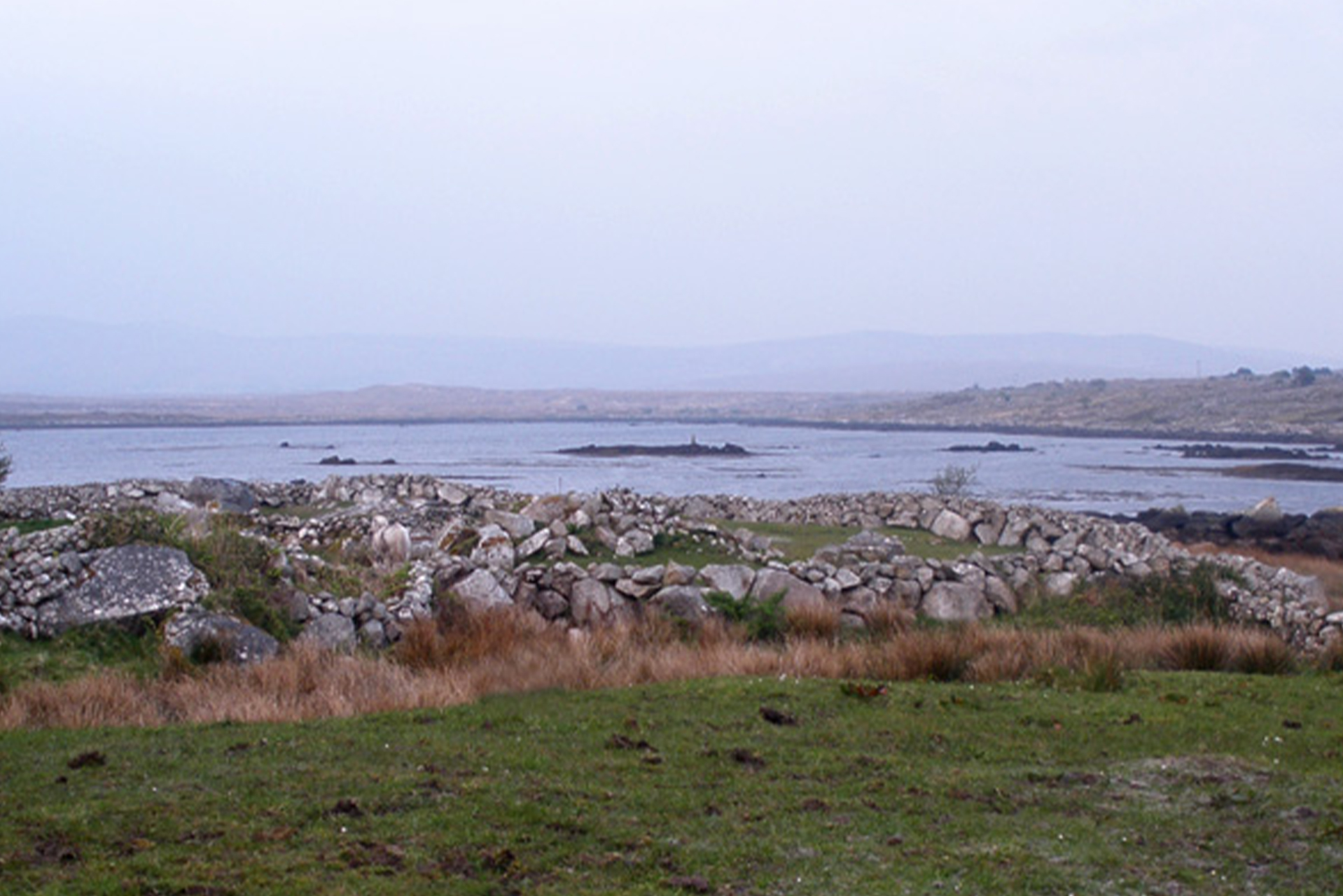
6.) The longest place name in Ireland is attributed to a 470-acre town-land in the parish of Kilcummin in County Galway called Muckanaghederdauhaulia (pronounced muk-an-hand-ra-do-dauter-hal-i-a), pictured above.
7.) One of the original names for Ireland was Inis Fáil (pronounced in-ish fawl). It is an old Gaelic name which means “Island of Destiny.” It is believed the Tuatha Dé Danann (our magical ancestors) originally named Ireland so. These magical settlers of Ireland brought the Lia Fáil (pronounced lee-ah fawl) or “Stone of Destiny” with them. This is a mystical stone which stands at the Hill of Tara in County Meath to this very day. It is said that in the past when a king was to be chosen to rule over our people, the candidates each had to touch the stone, whereupon the touch of the rightful king would cause it to make a mighty roar!
